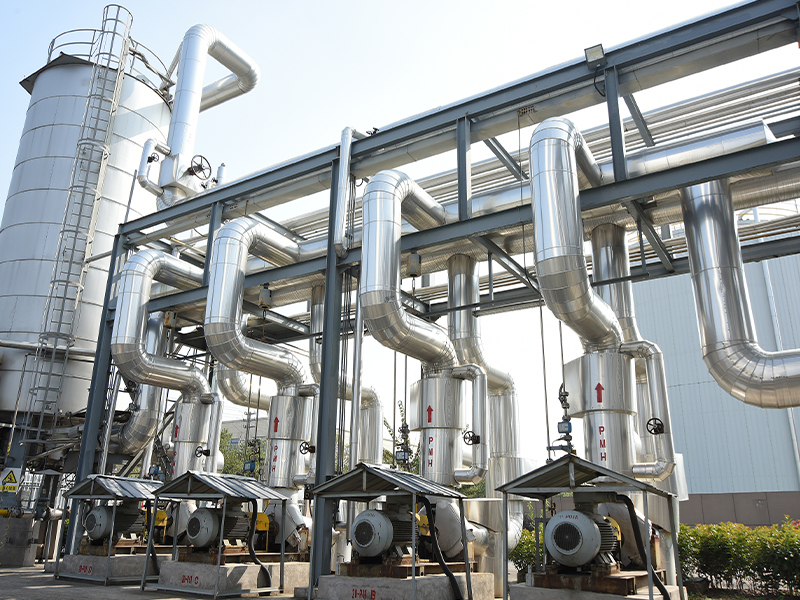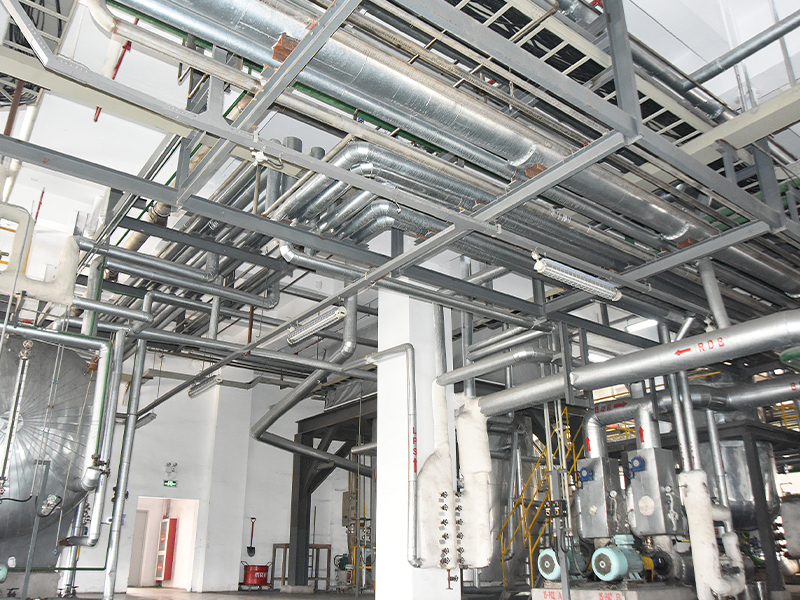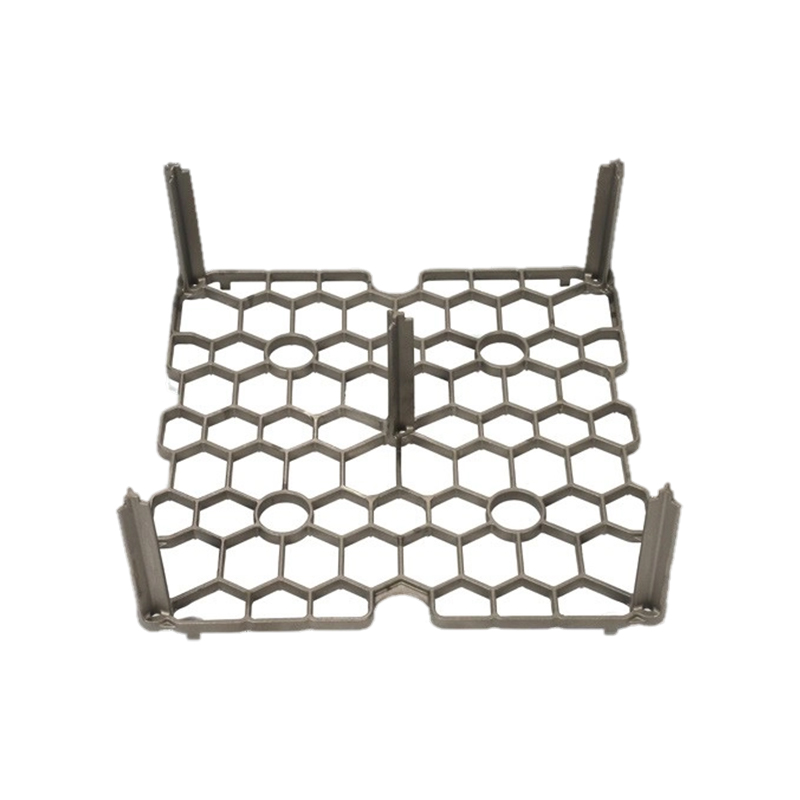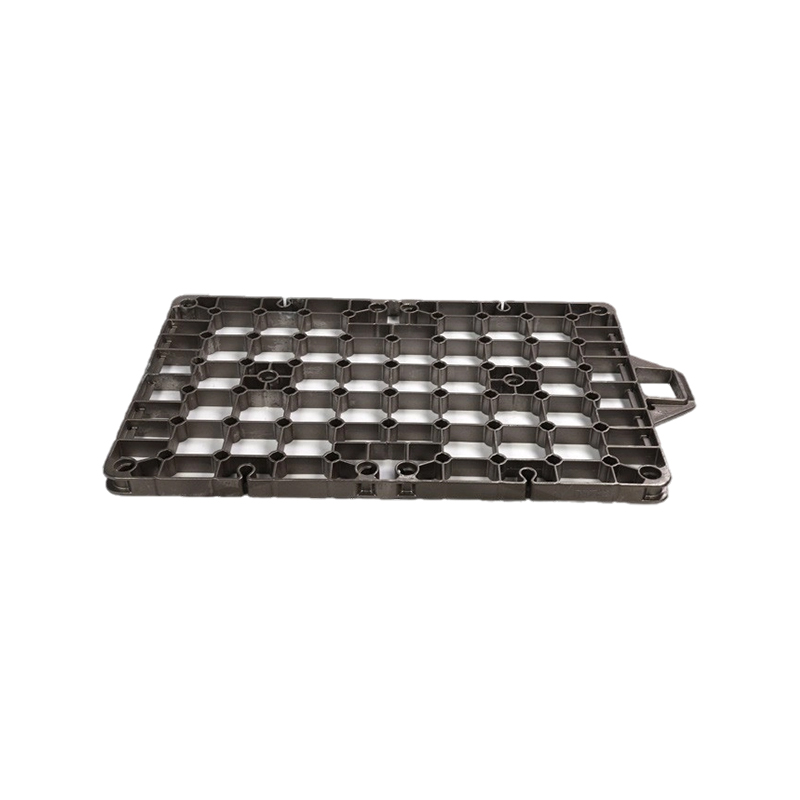Porosity defects – gas holes, shrinkage cavities, pinholes – are persistent challenges in lost foam casting (LFC), directly impacting component integrity, pressure tightness, and overall yield. Successfully controlling porosity demands a systemic approach addressing every stage of the unique LFC process.
Understanding the Roots of Porosity in LFC:
Porosity in LFC primarily stems from two sources:
-
Gas Porosity: Generated by the decomposition of the foam pattern when molten metal contacts it. If the resulting gases cannot escape fully through the coating and sand mold before metal solidification, they become trapped.
-
Shrinkage Porosity: Occurs due to inadequate feeding during the metal's solidification and contraction phase, exacerbated if gas pressure hinders liquid metal flow into shrinking areas.
Key Strategies for Control:
-
Optimize Pattern Material and Design:
-
Foam Density and Type: Use high-quality, low-density expanded polystyrene (EPS) or similar foam designed for casting. Lower density foam generally decomposes faster with less residue but requires careful strength consideration. Consistent density throughout the pattern is critical.
-
Pattern Design: Avoid abrupt changes in section thickness. Incorporate generous radii and smooth transitions. Design internal passages to allow easy vapor escape towards mold vents or the pouring cup. Minimize glue lines and ensure strong, gap-free bonds using specialized adhesives.
-
-
Engineer the Coating System:
-
Permeability: This is paramount. The refractory coating must allow pyrolysis gases to pass through rapidly. Select coatings specifically formulated for high permeability at elevated temperatures. Optimize coating thickness – too thick impedes gas flow, too thin risks metal penetration.
-
Application: Ensure a uniform, bubble-free coating layer. Drying must be thorough and controlled to prevent moisture-related gas generation (steam) during pouring. Inadequate drying is a frequent cause of subsurface porosity.
-
-
Precise Pouring Practice:
-
Pouring Temperature: Critical balance. Metal must be hot enough to fully decompose the foam pattern rapidly and maintain fluidity for feeding but not so hot as to cause excessive gas generation, mold erosion, or shrinkage issues. Temperature requirements vary significantly by alloy; strict control is non-negotiable.
-
Pouring Rate: Maintain a steady, sufficiently rapid pour to establish a positive metal head pressure. This pressure helps force decomposition gases through the coating and sand while promoting feeding to counteract shrinkage. Slow pouring increases the risk of gas entrapment.
-
Turbulence Minimization: Avoid splashing or excessive turbulence in the sprue/pouring basin, which can entrap air or gases early in the fill.
-
-
Ensure Effective Mold Compaction and Venting:
-
Sand Compaction: Uniform, adequate compaction of dry, unbonded sand around the coated cluster is essential. Poor compaction leads to loose areas where gases can accumulate or metal can penetrate, causing defects. Consistent vibration techniques are vital.
-
Venting: Provide sufficient venting pathways. This includes venting from the pattern cluster itself (often via risers or dedicated vents leading to the coating surface), proper venting of the flask, and potentially vacuum-assisted venting systems common in LFC. Vents must be clear and lead directly to atmosphere.
-
-
Control Metal Quality:
-
Degassing: Ensure molten metal is properly degassed before pouring to remove dissolved hydrogen and other gases inherent in the melt, preventing them from contributing to porosity upon solidification.
-
Alloy Selection & Modification: Be aware of inherent shrinkage characteristics of the alloy being cast. Some alloys benefit from modification or specific grain refiners that can improve feeding characteristics.
-
Controlling porosity in lost foam casting is not about a single fix but mastering the interplay of pattern, coating, sand, metal, and process parameters. Foundries achieving consistently low porosity rates rigorously control each variable:
-
Utilize high-quality, appropriate foam patterns designed for vapor escape.
-
Apply and dry highly permeable, uniform coatings.
-
Pour at the optimal temperature and rate for the alloy.
-
Ensure excellent mold compaction and effective venting.
-
Start with clean, degassed metal.
By systematically addressing these areas and implementing rigorous process control and monitoring, foundries can significantly reduce porosity defects, enhancing the quality, reliability, and cost-effectiveness of their lost foam castings. Continuous analysis of defects through methods like X-ray or sectioning remains crucial for ongoing process refinement.
 English
English русский
русский Español
Español عربى
عربى




